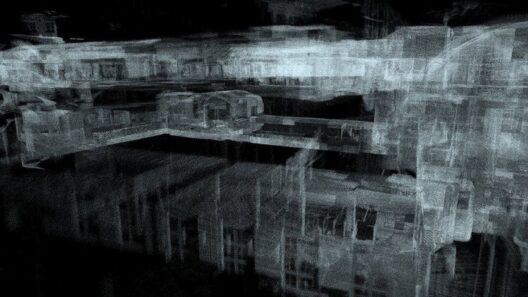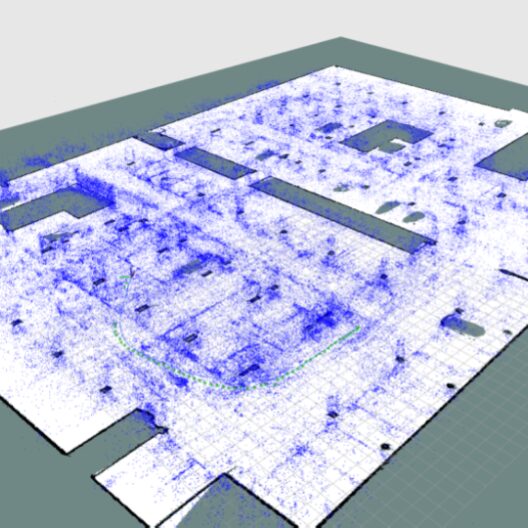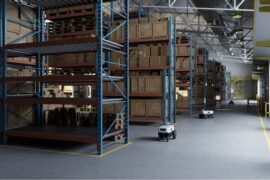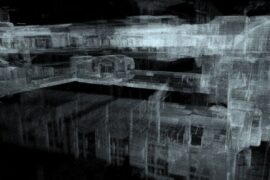22 June 2023
NVIDIA Isaac ROS In-Depth: cuVSLAM and the DP3.1 Release
NVIDIA's Isaac ROS software stack continues to evolve, with the DP3 .1 release bringing significant improvements to its Visual SLAM (Simultaneous Localization and Mapping) capabilities. Here’s a review of what we found.
Read NVIDIA Isaac ROS In-Depth: cuVSLAM and the DP3.1 Release



